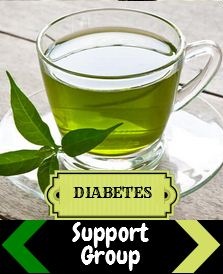Key Points:
• In patients with hypertension and diabetes, pharmacological treatment should be initiated when blood pressure is 140/90 mm Hg or higher, regardless of age.
• Initial anti hypertensive treatment should include a thiazide diuretic, calcium channel blocker, ACE inhibitor, or ARB in the general non black population or a thiazide diuretic or calcium channel blocker in the general black population.
• If the target blood pressure is not reached within one month after initiating therapy, the dosage of the initial medication should be increased, or a second medication should be added.
Discussion:
In the general population of adults 60 years and older, pharmacologic treatment should be initiated when the systolic pressure is 150 mm Hg or higher, or when the diastolic pressure is 90 mm Hg or higher. Patients should be treated to a target systolic pressure of less than 150 mm Hg and a target diastolic pressure of less than 90 mm Hg. Treatment does not need to be adjusted if it results in a systolic pressure lower than 140 mm Hg, as long as it is not associated with adverse effects on health or quality of life.
In the general population younger than 60 years, pharmacologic treatment should be initiated when the systolic pressure is 140 mm Hg or higher, or when the diastolic pressure is 90 mm Hg or higher. The target systolic pressure in this population is less than 140 mm Hg, and the target diastolic pressure is less than 90 mm Hg.
For persons 18 years or older with chronic kidney disease (CKD) or diabetes mellitus, the treatment threshold and target blood pressures are the same as those for the general population younger than 60 years (i.e., threshold systolic pressure of 140 mm Hg or threshold diastolic pressure of 90 mm Hg; target systolic pressure of less than 140 mm Hg; target diastolic pressure of less than 90 mm Hg). There is no evidence that treating patients with CKD to a lower blood pressure goal slows the progression of the disease. Similarly, there is no evidence from randomized controlled trials showing that treatment to a systolic pressure of less than 140 mm Hg improves health outcomes in adults with diabetes and hypertension.
In the general nonblack population, including those with diabetes, initial anti-hypertensive treatment should include a thiazide diuretic, calcium channel blocker, angiotensin-converting enzyme (ACE) inhibitor, or angiotensin receptor blocker (ARB). In the general black population, including those with diabetes, initial treatment should include a thiazide diuretic or calcium channel blocker. If the target blood pressure is not reached within one month after initiating therapy, the dosage of the initial medication should be increased or a second medication should be added (thiazide diuretic, calcium channel blocker, ACE inhibitor, or ARB; do not combine an ACE inhibitor with an ARB). Blood pressure should be monitored and the treatment regimen adjusted until the target blood pressure is reached. A third drug should be added if necessary; however, if the target blood pressure cannot be achieved using only the drug classes listed above, antihypertensive drugs from other classes can be used (e.g., beta blockers, aldosterone antagonists). Referral to a physician with expertise in treating hypertension may be necessary for patients who do not reach the target blood pressure using these strategies.
Adults with CKD and hypertension should receive an ACE inhibitor or ARB as initial or add-on therapy, based on moderate evidence that these medications improve kidney-related outcomes in these patients.
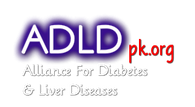
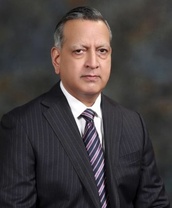
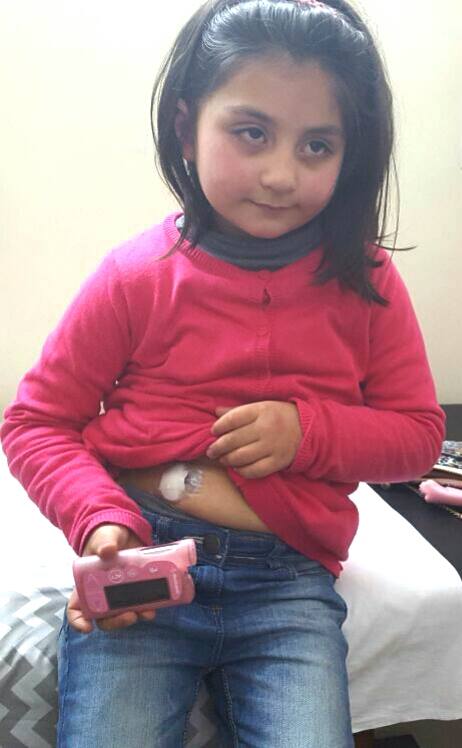
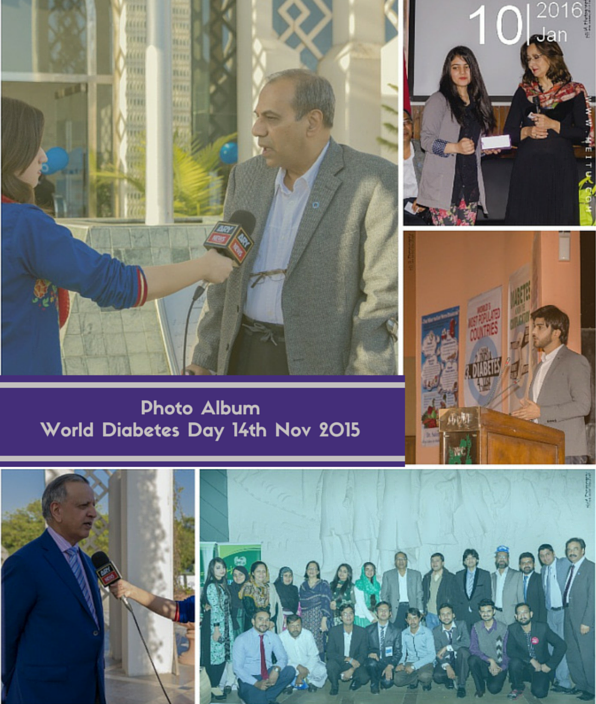
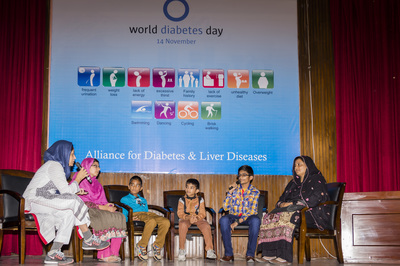
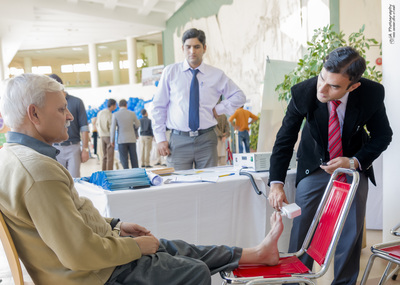
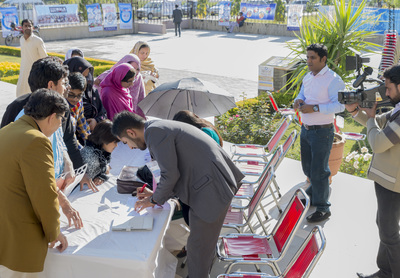

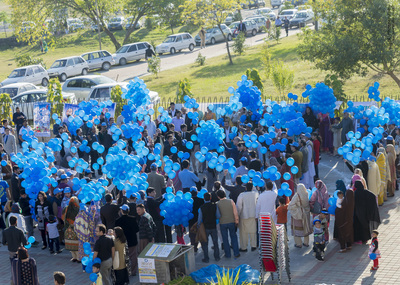
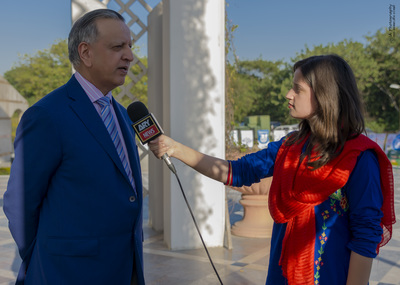
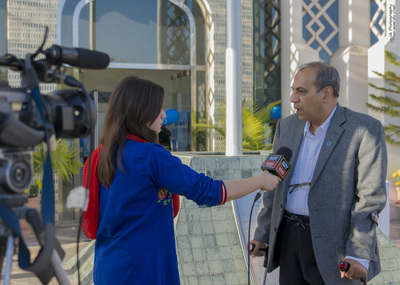
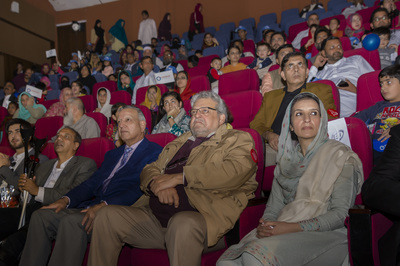
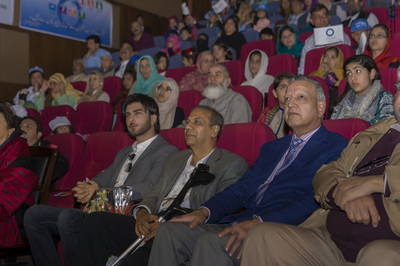
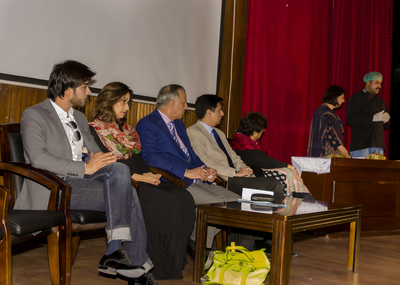
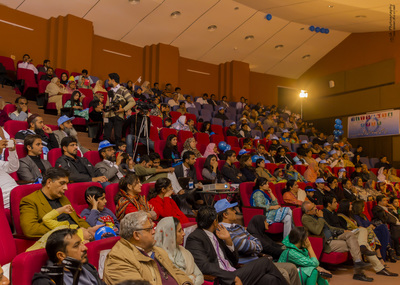
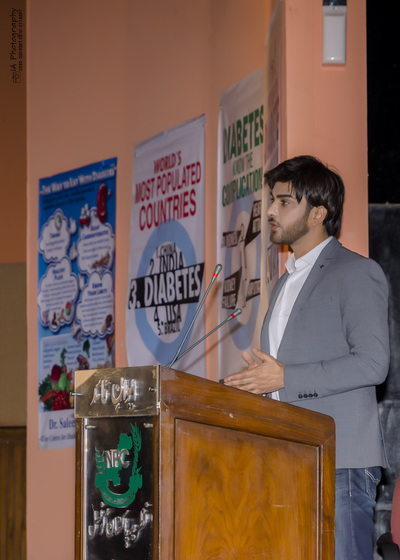
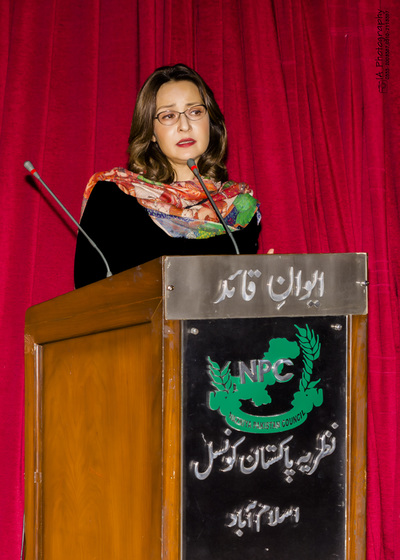

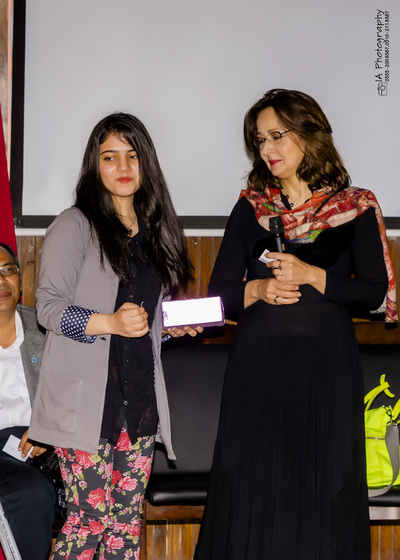
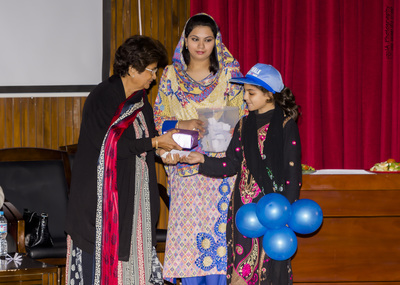

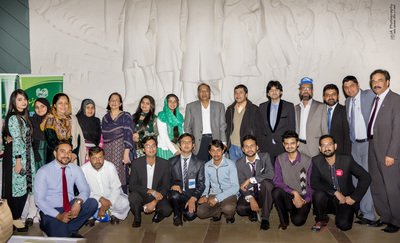
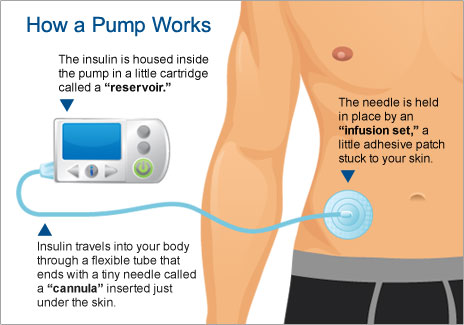
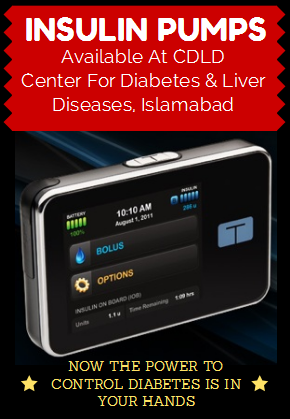
 RSS Feed
RSS Feed
